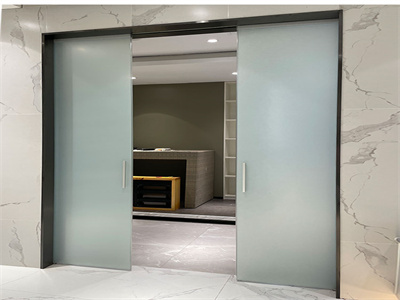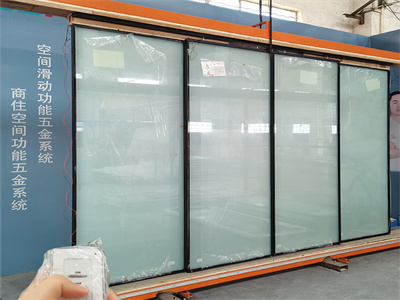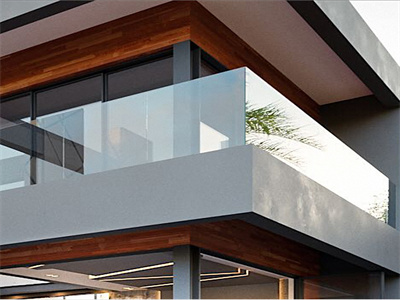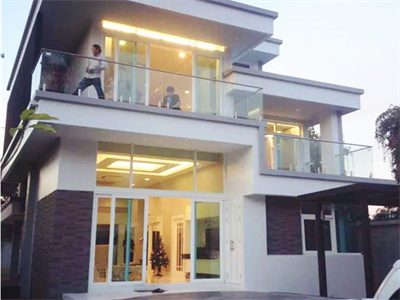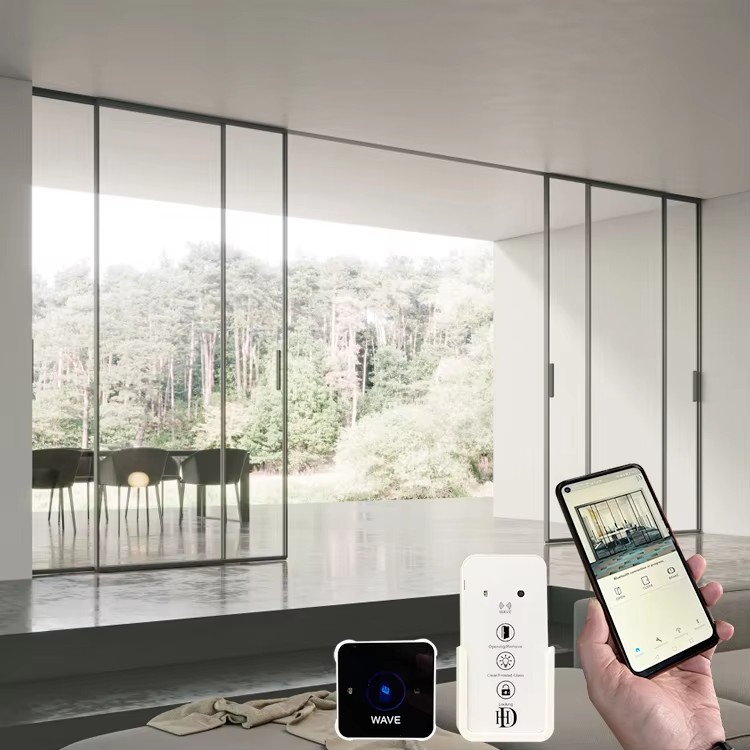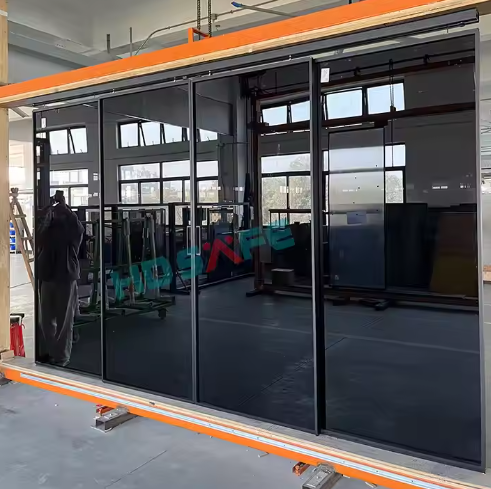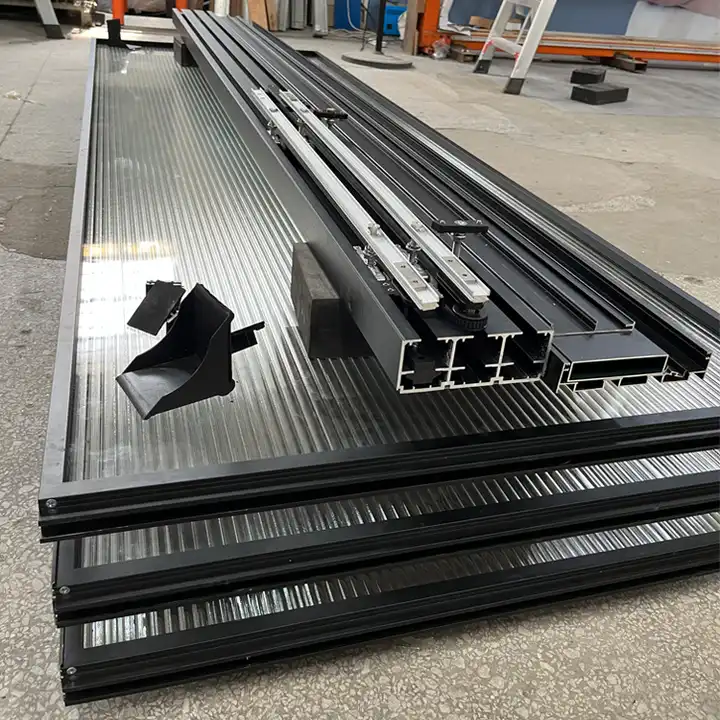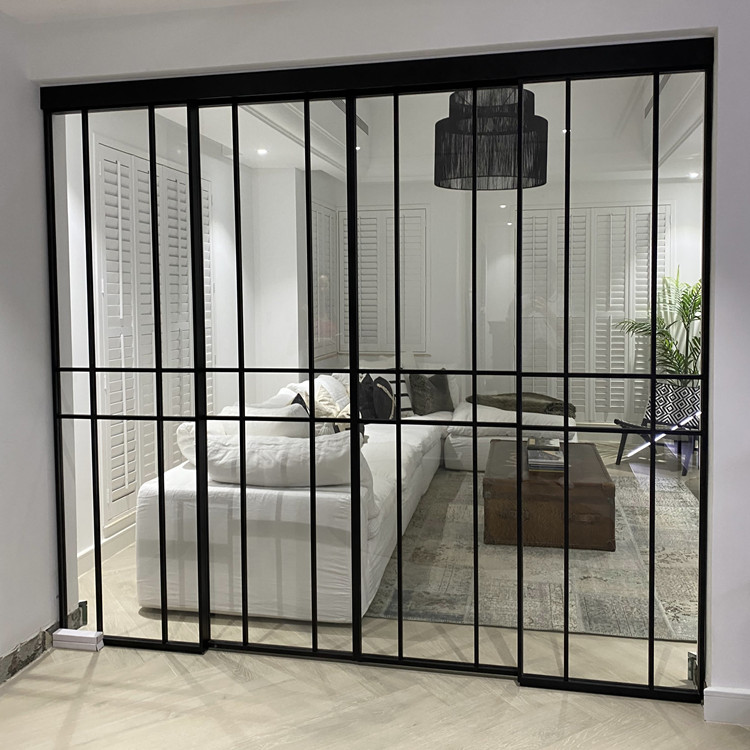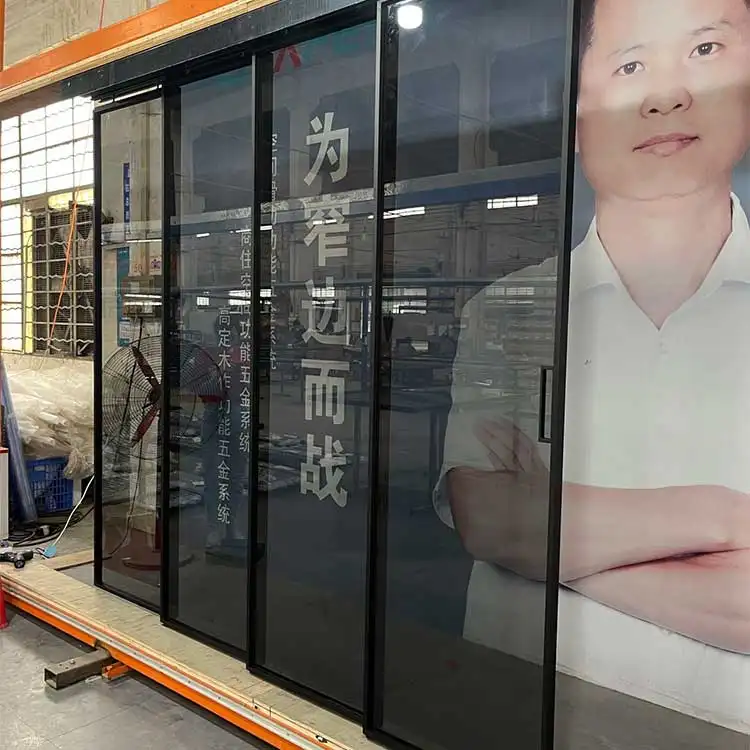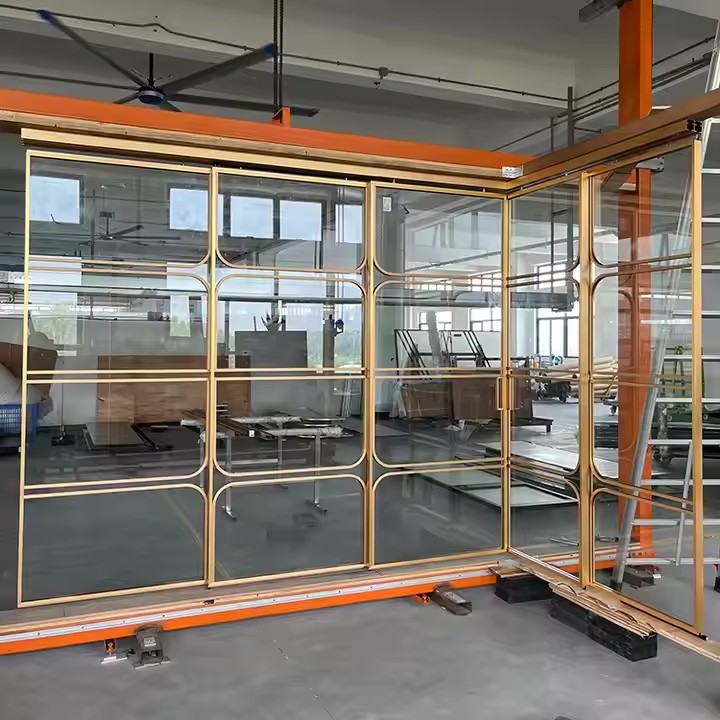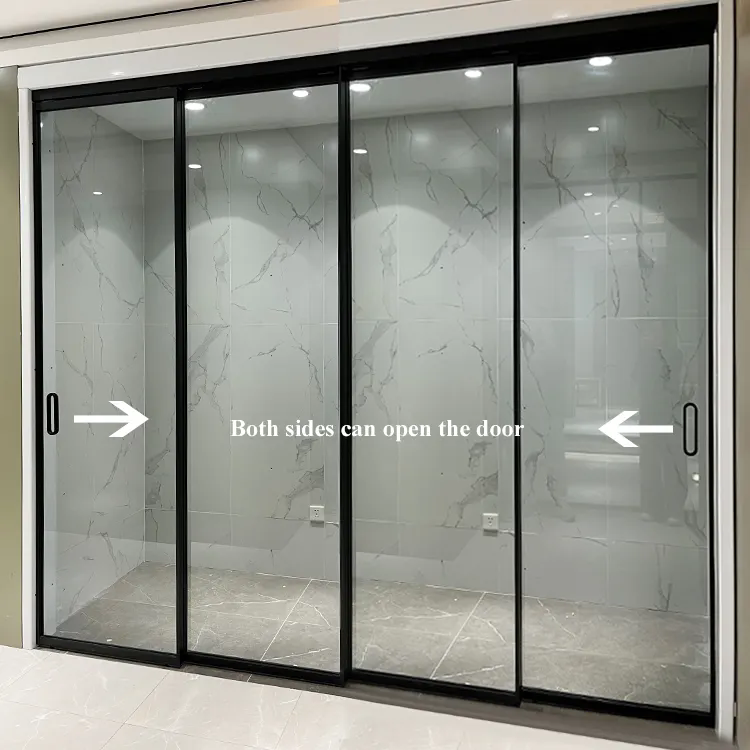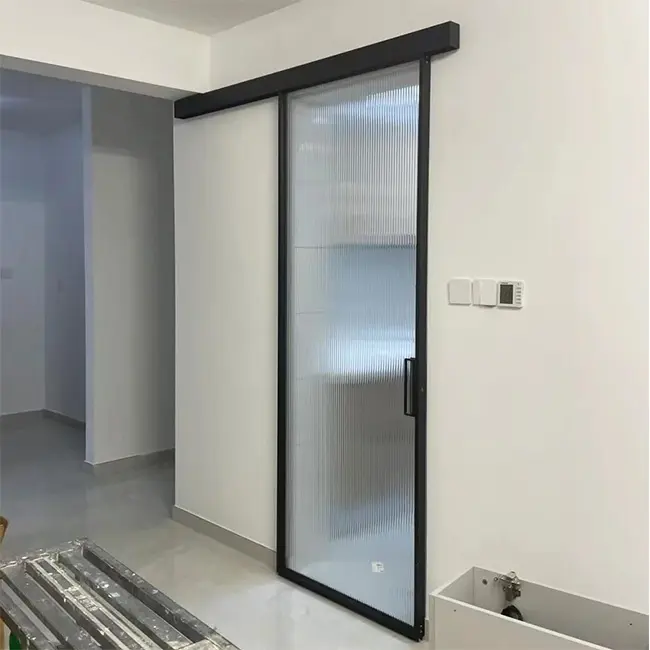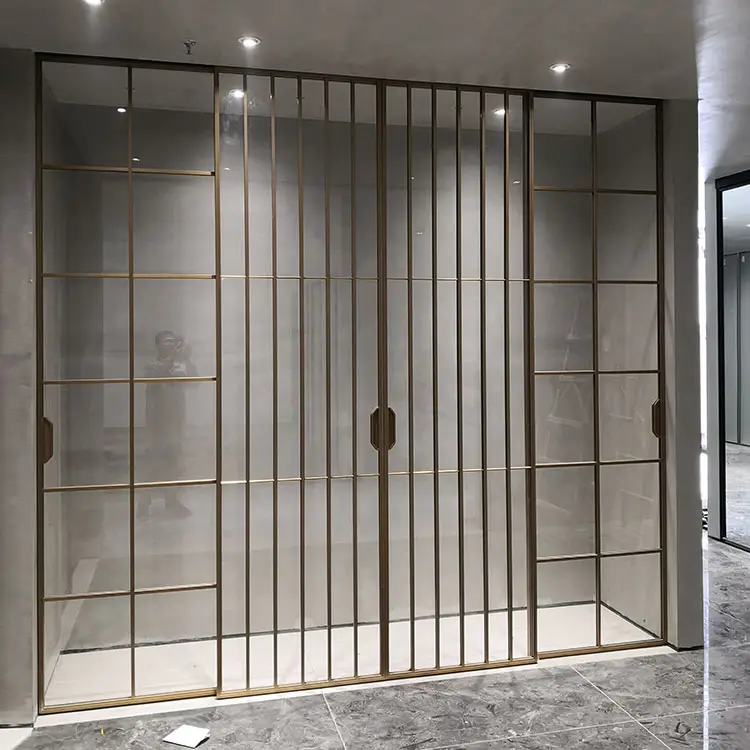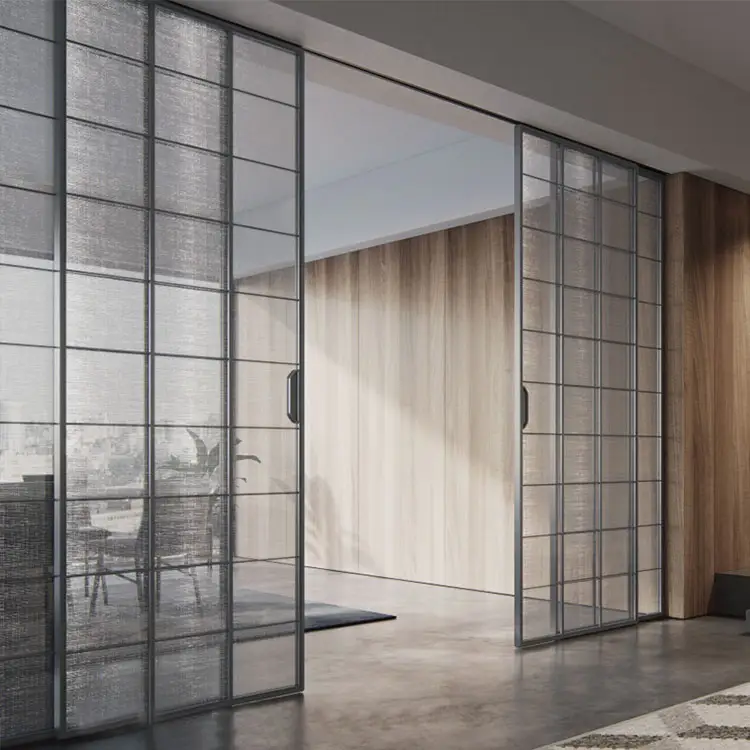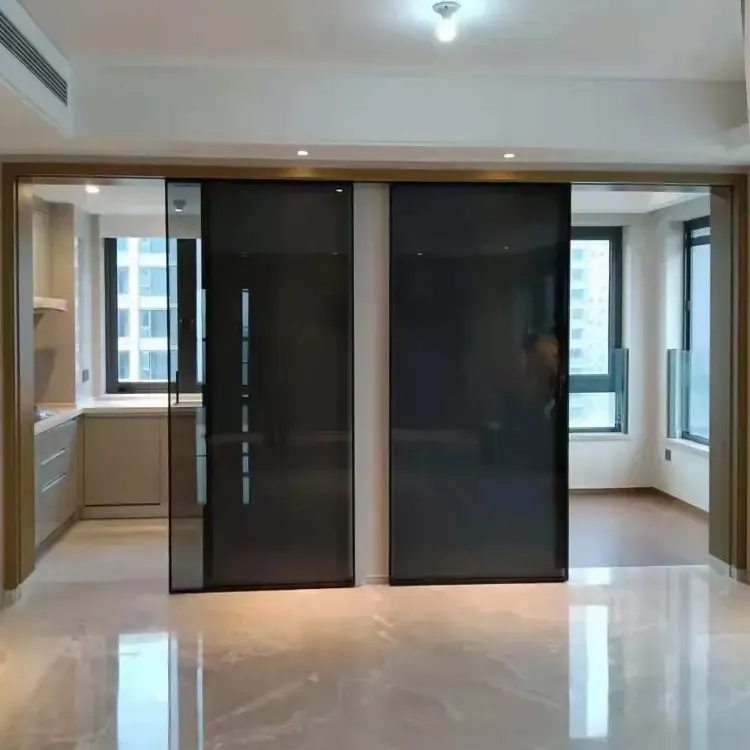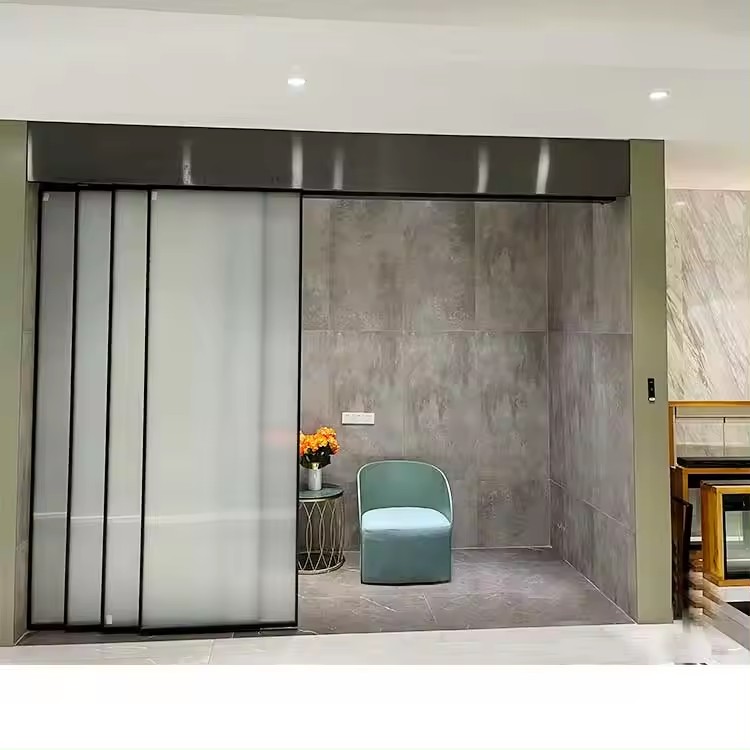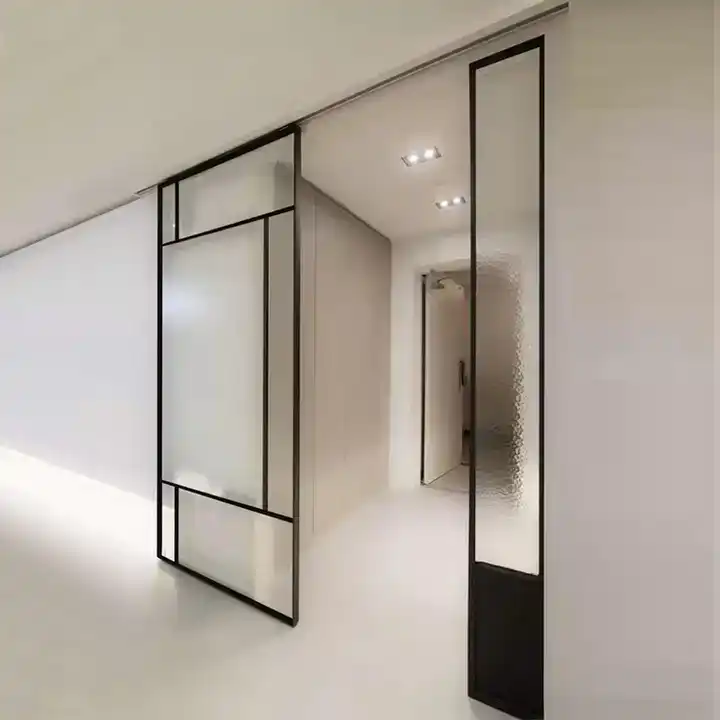In the realm of interior design and architecture, the use of transparent sliding doors has been steadily gaining popularity as a modern and stylish option for homes and commercial spaces alike. These doors are not only functional in terms of saving space and providing natural light, but they also add a touch of elegance and sophistication to any environment. Let's delve into the reasons behind the rising trend of transparent sliding doors and explore their impact on contemporary design.
One of the key factors driving the popularity of transparent sliding doors is their ability to create a seamless connection between indoor and outdoor spaces. By allowing light to flow freely between different areas, these doors blur the boundaries between inside and outside, creating a sense of openness and continuity. This feature is especially attractive in homes with scenic views or outdoor living spaces, as it enhances the overall living experience and brings a sense of nature indoors.
Moreover, transparent sliding doors are highly versatile and can be used in a variety of settings, from modern apartments to industrial lofts to commercial offices. Their sleek and minimalist design complements a wide range of interior styles, making them a versatile choice for architects and designers looking to make a statement. Whether used as room dividers, patio doors, or office partitions, transparent sliding doors add a touch of sophistication and modernity to any space.
Another reason for the growing popularity of transparent sliding doors is their space-saving functionality. Unlike traditional hinged doors that swing open and take up valuable floor space, sliding doors glide along a track and require minimal clearance. This makes them an ideal solution for rooms with limited space or awkward layouts, allowing for better flow and utilization of the available area. In small apartments or studio lofts, transparent sliding doors can create a sense of openness and airiness without compromising privacy or functionality.
From a design standpoint, transparent sliding doors also offer a range of customization options to suit individual tastes and preferences. Whether opting for clear glass for a modern and sleek look, frosted glass for added privacy, or even colored glass for a pop of color, the possibilities are endless. Additionally, the hardware and framing of transparent sliding doors can be customized to match the overall aesthetic of the space, whether it be minimalist and industrial or luxurious and ornate.
The rising trend of transparent sliding doors can be attributed to their aesthetic appeal, functionality, versatility, and ability to enhance the overall design of a space. As more homeowners, architects, and designers embrace the concept of open and light-filled interiors, transparent sliding doors are likely to remain a popular choice for years to come. Whether used in residential or commercial settings, these doors offer a modern and stylish solution for dividing spaces while maintaining a sense of connection and openness.

Exploring the Concept of Transparent Sliding Doors
In the world of interior design and architecture, transparent sliding doors have emerged as a popular and innovative choice for spaces that require both functionality and aesthetics. These doors offer a unique blend of modern style, practicality, and versatility, making them a sought-after option for residential and commercial settings alike.
Transparent sliding doors, also known as glass sliding doors, are designed to provide an unobstructed view while dividing or connecting different areas within a building. Unlike traditional solid doors, transparent sliding doors are made of transparent or translucent materials such as glass or acrylic, allowing natural light to flow through and creating a sense of openness and spaciousness.
One of the key advantages of transparent sliding doors is their ability to seamlessly integrate indoor and outdoor spaces. When closed, these doors provide a barrier against noise, dust, and inclement weather, while still offering a clear view of the surrounding environment. When opened, they create a smooth transition between interior and exterior living areas, enhancing the sense of connection to nature and expanding the perceived space.
Another benefit of transparent sliding doors is their versatility in interior design. By incorporating these doors into a space, designers can create a visual separation between rooms without sacrificing the flow of natural light. This can be particularly beneficial in smaller spaces where traditional hinged doors may feel confining or obstructive.
Furthermore, transparent sliding doors are available in a variety of styles, finishes, and configurations to suit different design preferences and functional requirements. From frameless glass doors that offer a minimalist aesthetic to frosted glass doors that provide privacy without compromising daylight, there is a wide range of options to choose from to match the overall design scheme of a space.
In addition to their aesthetic appeal and functional benefits, transparent sliding doors are also known for their energy efficiency. The use of high-quality insulated glass panels helps to improve thermal performance and reduce heat loss, ultimately contributing to a more sustainable and environmentally friendly building design.
Overall, transparent sliding doors represent a harmonious blend of form and function, offering a sleek and modern design solution for a wide range of interior spaces. Whether used in residential homes, office buildings, retail establishments, or hospitality venues, these doors can transform the look and feel of a space while enhancing its functionality and comfort.
In conclusion, transparent sliding doors have become a symbol of contemporary design, providing a seamless connection between indoor and outdoor spaces, optimizing natural light, and offering a stylish and practical solution for modern living. Their popularity is expected to continue to grow as more people recognize their numerous benefits and embrace their transformative impact on interior spaces.





 Home
Home Jun 06,2024
Jun 06,2024 
 Is Aluminum a Good Material for Railing?
Is Aluminum a Good Material for Railing? 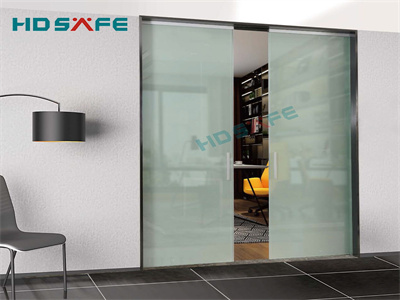
 May 13,2024
May 13,2024 
